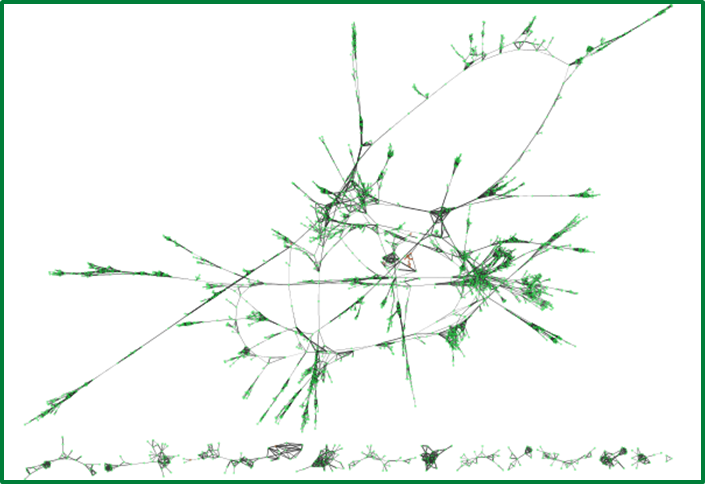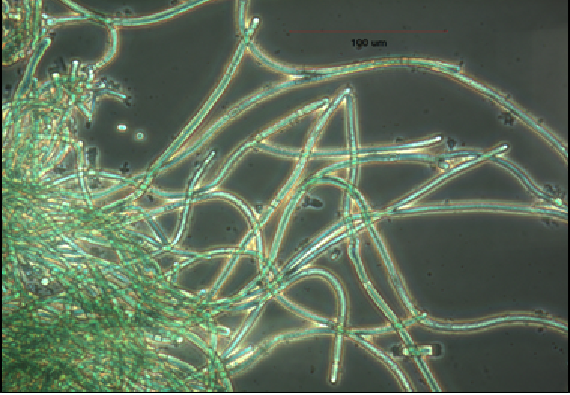


Natural Product Drug Discovery
Despite the long history of drug discovery from natural sources, the marine environment is still relatively untapped. Covering 70% of the Earth’s surface, the oceans contain all major phyla. The resulting intense competition for space and resources drives the evolution of specific and potent chemical defenses distinct from their terrestrial counterparts.
My research interests center on the discovery and evaluation of these small molecule chemical defenses from marine sources as potential drug leads for the treatment of cancers and Alzheimer’s Disease.
In collaboration with the other members of the Natural Products Cancer Biology program, marine extracts are screened against a variety of relevant cancer targets. The active constituents are then isolated using a combination of bioassay data and repeated separations. The structures of these metabolites are then determined primarily through the use of high-field NMR spectroscopy and chemical degradation.
New Natural Product Methodologies
Modern structure determination of small molecules still remains a challenging problem. The number of structural reassignments reported each year is testimony to the myriad of potential pitfalls. While classical approaches to structure determination rely heavily on chemical degradation, most modern approaches use non-destructive techniques to provide the same connectivity information. Any structure determination encompasses three discrete assignments: planar, relative and absolute. Advances in NMR instrumentation and NMR pulse sequences have greatly simplified the assignment of the planar structure, i.e., the constitutional connectivities between the various nuclei. Conversely, relative and absolute stereochemical assignments are becoming more challenging as the isolation of submicromolar quantities of metabolites becomes increasingly more common. Consequently, my group focuses on developing new methodologies for stereochemical determinations on small scale.
